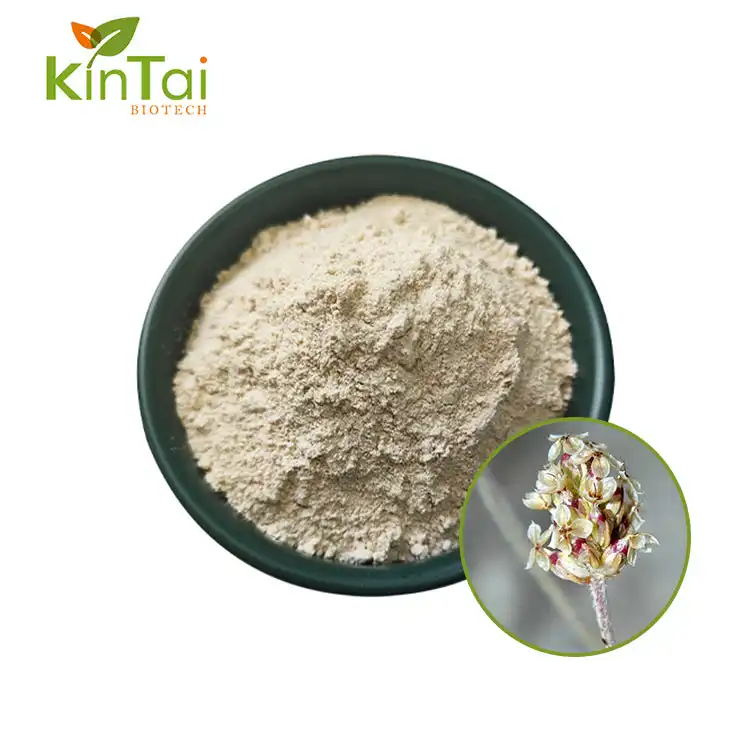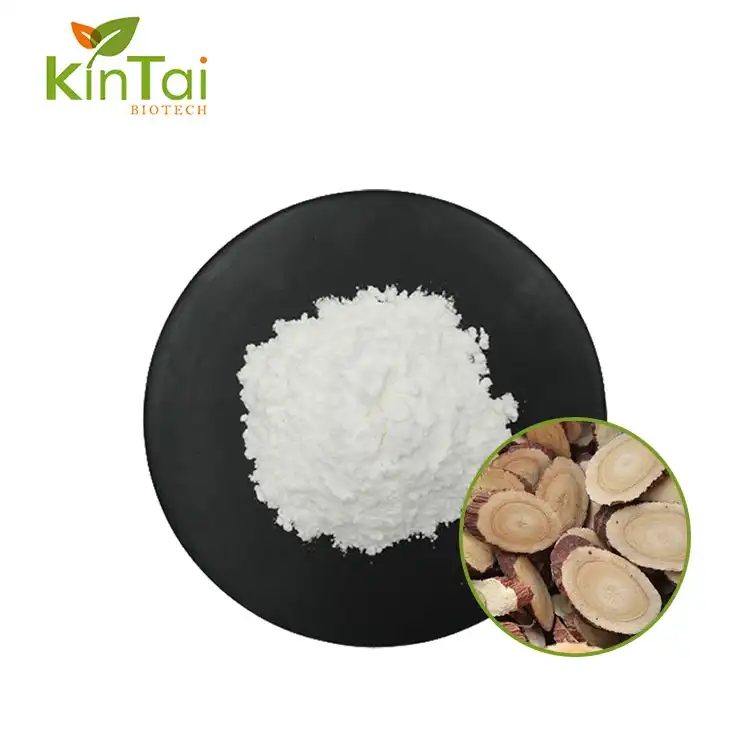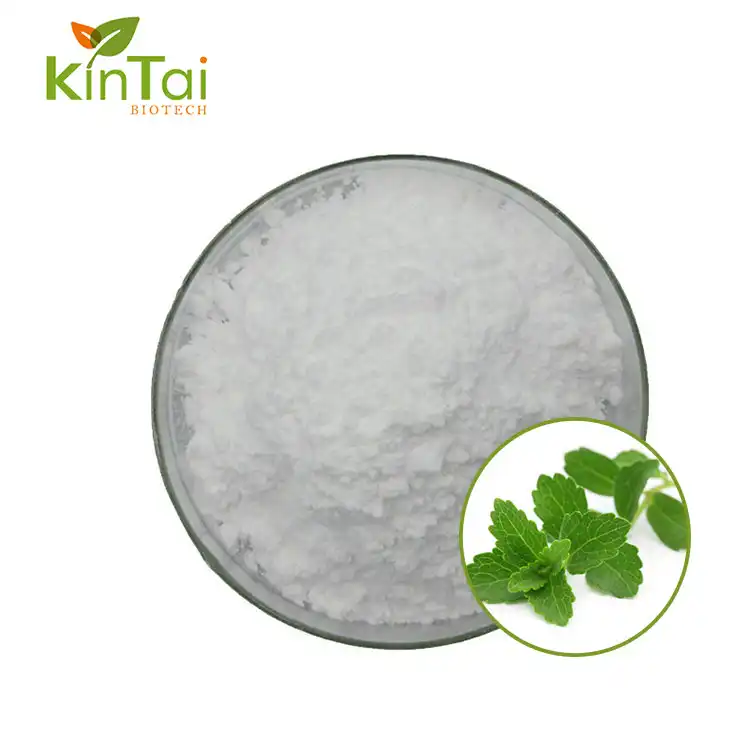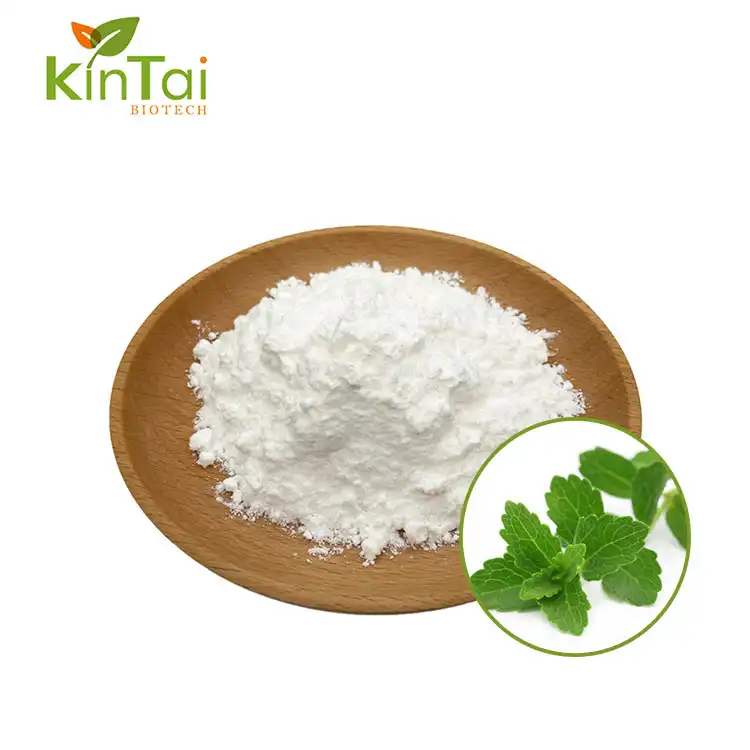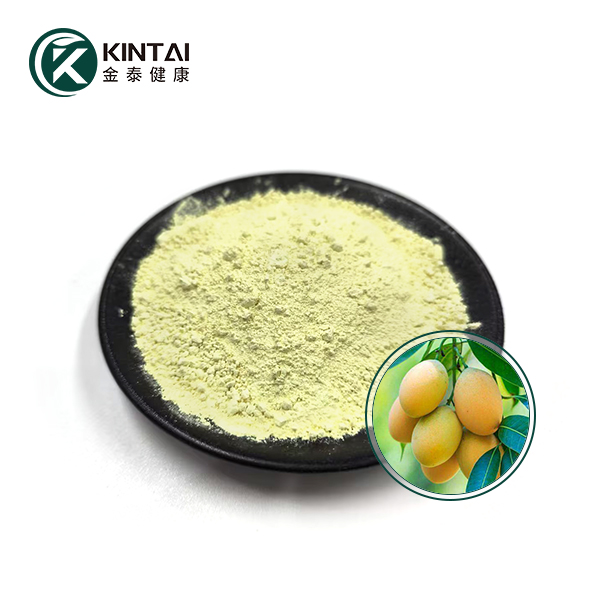is caffeic acid the same as caffeine?
2024-09-18 10:09:33
Is Caffeic Acid the Same as Caffeine?
In this article, the goal is to unravel the mystery of caffeic acid and its related, unique characteristics to caffeine. Also, the parcels of caffeic acid, its part as a altar for flavonoids, and the intriguing area of its half- life will be explored.
Coffee Chemistry
Coffee, deduced from the seeds of Coffea shops, is a complex creation of composites that contribute to its taste, aroma, and physiological goods. The primary components include water, lipids, carbohydrates, proteins, and the stars of our discussion: Caffeic Acid and Caffeine.

The Growing Symphony of Coffee Beans
Coffea plants produce beans containing a unique blend of Caffeic Acid and Caffeine. The composition and concentration of these compounds can vary based on factors such as bean type, roast level, and brewing method, adding layers to the multifaceted character of each cup.
What is caffeic acid?
Caffeic acid is a phenolic compound widely distributed in the plant kingdom. Found in various fruits, vegetables, and beverages like coffee, it is renowned for its antioxidant properties and potential health benefits. Unlike caffeine, which is a goad, caffeic acid serves primarily as a potent antioxidant, playing a pivotal part in guarding cells from oxidative stress.

Caffeic Acid: A Flavonoid or Not?
While caffeic acid is constantly associated with flavonoids due to its presence in plant foods, it's important to clarify that it is not a flavonoiditself.Flavonoids constitute a different group of polyphenolic composites with distinct chemical structures, and caffeic acid, while related, doesn't fall within this specific order.Understanding these subtle differences enhances our comprehension of the vast array of bioactive compounds in our diets.
Unraveling the Half-Life of Caffeic Acid
The concept of half-life is crucial in understanding the duration a substance remains active in our systems. Caffeic acid, when ingested, undergoes metabolic processes, and its half-life can vary depending on several factors. Research suggests that the half-life of caffeic acid is relatively short, emphasizing the efficiency of the body in processing and eliminating this compound. Further exploration into the specific mechanisms and influencing factors sheds light on the dynamic nature of caffeic acid within the human body.
What factors affect the half-life of caffeic acid?
These factors include individual metabolism, the source of caffeic acid (whether from food or supplements), and the overall health of an individual. Metabolic differences among individuals contribute to variations in the rate at which caffeic acid is broken down and eliminated from the body.
Is caffeic acid important for health?
As we continue to uncover the unique parcels of caffeic acid, its part in promoting health can not be understated. Studies suggest that its antioxidant exertion may contribute to reducing inflammation, combating oxidative stress, and potentially offering defensive goods against certain habitual conditions. Understanding the significance of caffeic acid adds depth to our appreciation of the diverse compounds present in the foods we consume.
The difference between caffeic acid and caffeine
The confusion between caffeic acid and caffeine constantly arises due to their similar names and the fact that both are present incoffee.However, it's pivotal to fete their distinct chemical structures and functions. Caffeine, a well- known goad, affects the central nervous system, furnishing a temporary energy boost. On the other hand, caffeic acid, while also set up in coffee, is valued for its antioxidant parcels and implicit health benefits, serving a different physiological purpose.
Clarifying Linguistic Connections
The shared term "caffe" in both names can lead to misconceptions. However, linguistically linked roots do not imply chemical similarity. Caffeic acid and caffeine are distinct entities with different structures, functions, and effects.
Different Roles in the Body
Caffeic acid primarily contributes to the sensory aspects of coffee and may offer antioxidant benefits.
Exploring Caffeic Acid Sources
To incorporate caffeic acid into our diets, it's essential to identify rich sources. Fruits like apples, berries, and citrus fruits, as well as vegetables analogous as spinach and tomatoes, contain significant amounts of caffeic acid. Coffee remains a prominent source, and the brewing process may influence the final concentration of this compound. Acknowledging these sources allows individuals to make informed dietary choices to reap the potential health benefits of caffeic acid.
Caffeic Acid and Caffeine in Coffee
Extraction Dynamics
Both caffeic acid and caffeine are extracted from coffee beans during the brewing process. The method of extraction, whether through methods like espresso, French press, or cold brew, influences the concentrations of these compounds in the final cup.
Roasting Influences
The roasting process significantly impacts the presence of caffeic acid in coffee. High temperatures lead to the breakdown of caffeic acid, contributing to the development of the characteristic flavors associated with different roast levels.
Interplay of Flavor and Stimulus
The balance between caffeic acid's bitterness and caffeine's stimulating effects defines the overall experience of drinking coffee. The interplay of these compounds, along with other flavor contributors, creates the diverse spectrum of coffee varieties enjoyed worldwide.
Health Considerations and Moderation
Understanding Individual Tolerance
Individuals vary in their tolerance to both caffeic acid and caffeine. Monitoring personal responses, especially in terms of sensory preferences and physiological reactions, allows for a more tailored and enjoyable coffee experience.
The Future of Caffeic Acid Research
As scientific understanding evolves, ongoing research continues to unveil new dimensions of caffeic acid's properties and potential applications. From exploring its anti-inflammatory effects to investigating its impact on cellular health, the future holds promise for further discoveries. Staying informed about these advancements fosters a holistic understanding of the bioactive compounds that contribute to our overall well-being.
Conclusion
In conclusion, while caffeic acid and caffeine partake some common ground by being present in coffee, they're distinct composites with different functions and goods on the mortal body. Caffeic acid's classification as a phenolic compound, its part as an antioxidant, and its fairly short half- life contribute to its unique identity in the realm of biochemistry. As we navigate the complex world of nutritive wisdom, understanding these nuances enriches our appreciation for the different array of composites that impact our health and heartiness.
References:
World Health Organization. (https://www.who.int/)
National Center for Biotechnology Information. (https://www.ncbi.nlm.nih.gov/)
The American Journal of Clinical Nutrition. (https://academic.oup.com/ajcn)



